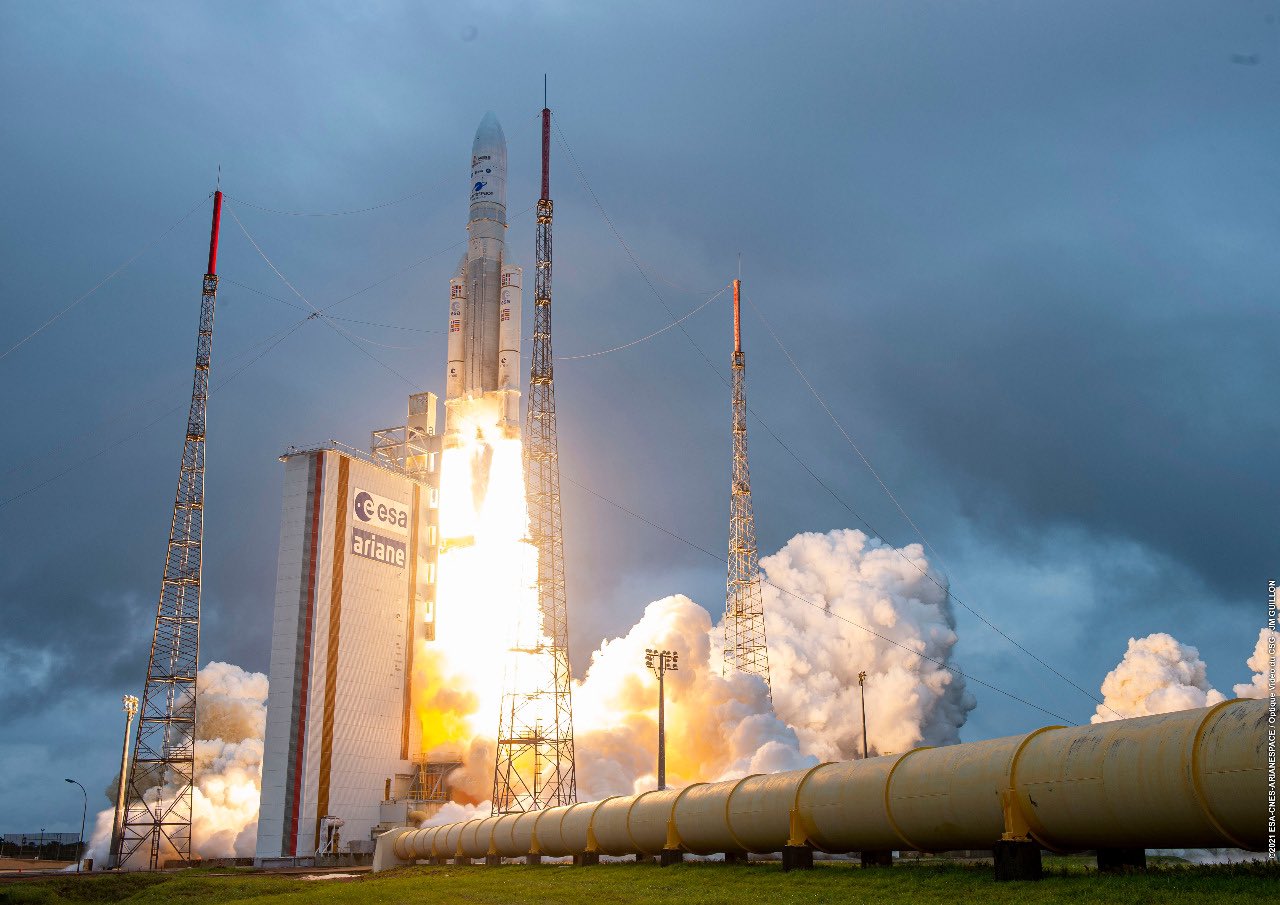The magnetotail plasma sheet is formed by solar wind and ionospheric sources; however, it is still being determined how these sources alter their contribution during a geomagnetic storm. The source is important because the fundamental basis of the geomagnetic field disturbances that characterize a geomagnetic storm is the ring current, whose enhancement and decay rate are determined by the parameters of the plasma sheet.
An international team of researchers led by scientists from the University of New Hampshire in the United States and Nagoya University in Japan conducted a study that demonstrated the significance of the Earth’s upper atmosphere in determining the development of big geomagnetic storms. Their findings highlight the Earth’s atmosphere’s previously underappreciated energy.
It is crucial to comprehend the factors that lead to geomagnetic storms since they can directly affect the Earth’s magnetic field by distorting radio and GPS signals, creating unwanted currents in the power grid, and other things. The storms that will cause the most damage could be predicted using this research.
The connection between solar activity and geomagnetic storms has long been understood. The visible outer layer of the Sun is composed of hot, charged particles. These particles interact with space objects like Earth as they exit the Sun and form the “solar wind.” The particles interact with the magnetosphere—the magnetic field surrounding our planet—once they get there. Space weather is the result of charged particle and magnetic field interactions that can have an impact on satellites and other technological systems as well as the Earth.
The magnetotail is a crucial component of the magnetosphere. The portion of the magnetosphere that faces away from the Sun and toward the direction of the solar wind flow is known as the magnetotail. The portion of the magnetotail known as the plasma sheet is packed with charged particles or plasma. Because it is the source zone for the particles that enter the inner magnetosphere and create the current that produces geomagnetic storms, the plasma sheet is significant.
An international group of researchers aimed to solve the mystery of how much of the plasma in the magnetosphere comes from Earth and how that contribution changes during a geomagnetic storm. Data from a significant geomagnetic storm that occurred on September 7-8, 2017, was utilized by them.
A tremendous coronal mass ejection from the Sun at this period impacted Earth’s atmosphere, causing a massive geomagnetic storm. Radio transmissions, GPS, and applications requiring precise time were interfered with due to the impact’s disruption of the magnetosphere.
Scientists analyzed the ion transport during this event using data from several space missions, including the NASA/Magnetospheric Multiscale (MMS) mission, the Japanese Arase mission, the ESA/Cluster mission, and the NASA/Wind mission. They distinguished between the ions and those in the ionosphere and solar wind.
They found significant variations in the composition and other characteristics of the developing near-earth plasma sheet by tracking changes in the solar wind composition through simultaneous measurements. The density, composition, and particle energy distribution of the plasma sheet all have an impact on how a geomagnetic storm develops.
Lynn Kistler, Nagoya University’s Designated Professor, said, “At the start of the main phase of the storm, the source changed from solar wind dominated to ionosphere dominated. The most important discovery was that at the beginning of the geomagnetic storm, the plasma changed from mostly solar to mostly ionospheric. This shows that the geomagnetic storm drives more outflow from the Earth’s ionosphere, and that the ionospheric plasma can move quickly throughout the magnetosphere.”
“Overall, our research contributes to understanding the development of geomagnetic storms by showing the importance of Earth’s ionospheric plasma. We found compelling evidence that plasmas from not only the Sun but also the Earth drive a geomagnetic storm. In short, the properties of the plasma sheet (the density, the particle energy distribution, the composition) will affect geomagnetic storms, and these properties are different for different sources.”
Journal Reference:
- Kistler, L.M., Asamura, K., Kasahara, S. et al. The variable source of the plasma sheet during a geomagnetic storm. Nat Commun 14, 6143 (2023). DOI: 10.1038/s41467-023-41735-3
Note: This article have been indexed to our site. We do not claim legitimacy, ownership or copyright of any of the content above. To see the article at original source Click Here













